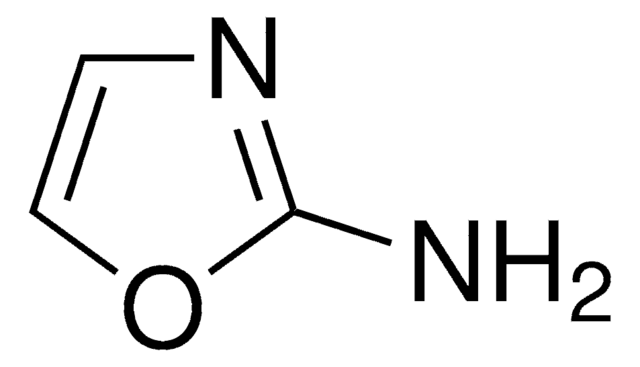おすすめの製品
アッセイ
≥98% (HPLC)
色
white to beige
溶解性
DMSO: 2 mg/mL, clear
保管温度
2-8°C
SMILES記法
OC1=C(C(O)=O)C(CCC2=CC3=C(C=CC=C3)C=C2)=CC=C1
生物化学的/生理学的作用
Sm4 is an orally active SOX18 inhibitor (IC50 = 5,2 μM; COS-7 reporter assay) that directly targets SOX18 HMG domain and preferentially disrupts SOX18 interaction with a subset of binding partners (IC50 = 3.3 μM/SOX18-SOX18, 15.8 μM/SOX18-DDX17, 42.3 μM/SOX18-RBPJ, 65.9 μM/SOX18-RBPJ; IC50 ≥780 μM against SOX9 dimer or SOX18 interaction with MEF2C, NR2F2, TRIM28, ESR1), while affecting HMG-dependent DNA binding in a less potent and non-SOX18-selective manner (IC50 ∼200-220 μM for SOX15/18, IC50 ∼270-310 μM for SOX2/6/9/11). Sm4 selectively affects SOX18 target genes transcription over 7 other transcription factors by genome-wide ChIP-seq analysis as well as displays in vivo efficacy against vascular formation in zebrafish larvae (1-2 μM) and induces tumor metastasis by inhibiting angiogenesis/lymphangiogenesis in a murine model of breast cancer (25 mg/kg/d p.o.).
シグナルワード
Warning
危険有害性情報
危険有害性の分類
Eye Irrit. 2 - Skin Irrit. 2 - STOT SE 3
ターゲットの組織
Respiratory system
保管分類コード
11 - Combustible Solids
WGK
WGK 3
引火点(°F)
Not applicable
引火点(℃)
Not applicable
適用法令
試験研究用途を考慮した関連法令を主に挙げております。化学物質以外については、一部の情報のみ提供しています。 製品を安全かつ合法的に使用することは、使用者の義務です。最新情報により修正される場合があります。WEBの反映には時間を要することがあるため、適宜SDSをご参照ください。
Jan Code
SML1999-VAR:
SML1999-BULK:
SML1999-25MG:
SML1999-5MG:
試験成績書(COA)
製品のロット番号・バッチ番号を入力して、試験成績書(COA) を検索できます。ロット番号・バッチ番号は、製品ラベルに「Lot」または「Batch」に続いて記載されています。
Frank Fontaine et al.
Cell chemical biology, 24(3), 346-359 (2017-02-07)
Pharmacological modulation of transcription factors (TFs) has only met little success over the past four decades. This is mostly due to standard drug discovery approaches centered on blocking protein/DNA binding or interfering with post-translational modifications. Recent advances in the field
Jeroen Overman et al.
eLife, 6 (2017-02-01)
Pharmacological targeting of transcription factors holds great promise for the development of new therapeutics, but strategies based on blockade of DNA binding, nuclear shuttling, or individual protein partner recruitment have yielded limited success to date. Transcription factors typically engage in
Olga Rodak et al.
International journal of molecular sciences, 24(14) (2023-07-29)
The transcription factor SOX18 has been shown to play a crucial role in lung cancer progression and metastasis. In this study, we investigated the effect of Sm4, a SOX18 inhibitor, on cell cycle regulation in non-small cell lung cancer (NSCLC)
Sreeman K Mamidyala et al.
Bioorganic & medicinal chemistry letters, 23(6), 1667-1670 (2013-02-19)
Anacardic acid derivatives exhibit a broad range of biological activities. In this report, an efficient method for the synthesis of anacardic acid derivatives was explored, and a small set of salicylic acid variants synthesised retaining a constant hydrophobic element (a
ライフサイエンス、有機合成、材料科学、クロマトグラフィー、分析など、あらゆる分野の研究に経験のあるメンバーがおります。.
製品に関するお問い合わせはこちら(テクニカルサービス)








